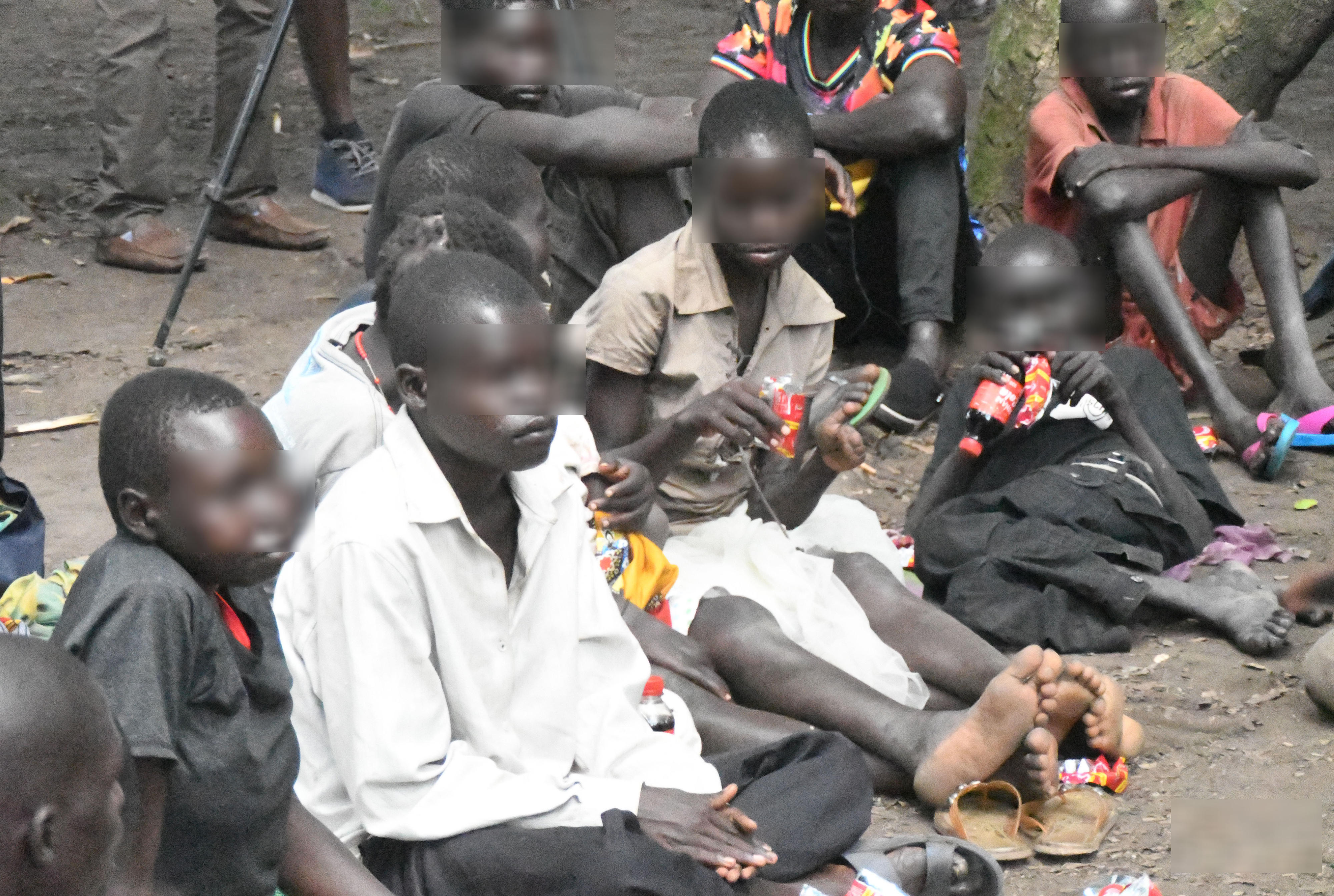Prime
Does citizen journalism feed mainstream media?
What you need to know:
- Broadly, citizen journalism “involves private individuals, who are normally the consumers of journalism, generating their own news content. Citizens collect, report, analyse, and disseminate news and information, just as professional journalists would, creating what is known as user-generated content
Last week, I was called by a reader [Peter] from Budaka in eastern Uganda who asked how he could contribute news stories to the NMG platforms. “A lot of news happens here, but is never covered in your news. As a citizen journalist, can I write, take photos or shoot videos of whatever happens and I send to you?” he asked, adding that he was a teacher by training and occupation, but loves news.
Daily Monitor and NTV’s footprint across the country is covered by a network of correspondents and stringers, who report through 10 regional bureaus Mbale, Jinja, Soroti, Gulu, Lira, Arua, Mbarara, Fort Portal, Kabale and Masaka. Each bureaus is headed by a bureau chief, who reports to the regional news editor. The correspondents feed the bureaus, which in turn feed the newsroom and the result is a national newspaper/television with nationwide coverage.
The correspondents are well-versed with the NMG editorial policies and are in the employ (contractual or otherwise) of NMG platforms. Thus the stories they file strictly meet (or should meet) the standards of these platforms. While editors may take in stories outside this network, these will be treated merely as tips and must be subjected to a rigorous system of checks and balances.
The NMG editorial policy guidelines have a specific provision for this. It reads thus:
“News stories which come from sources outside the Group, will not be accepted at their face value.
Background information, names, ages, titles, contrary points of view (if appropriate) will be thoroughly ascertained before a story is submitted for publication. Where further depth is required either explanation or history this will always be provided so that news coverage is never untruthful, wilfully misleading, superficial, unbalanced or incomplete. In this regard, the library and the Internet facilities will be used extensively and intelligently.”
But for a country that covers 241,037 square kilometres, the journalists’ footprint is thin and spread, which is why things may happen in different areas, including Budaka, that in the end are not picked up by mainstream media. Still, many things happen where there are no journalists and the public gets to know about them one way or the other complete with photographs, videos and voices.
This is because many people are already contributing to content of the mainstream media knowingly or unknowingly through the phenomenon of “citizen journalism” that gained currency with the advent of the Internet and now social media. This is what Peter considers himself to be.
Broadly, citizen journalism “involves private individuals, who are normally the consumers of journalism, generating their own news content. Citizens collect, report, analyse, and disseminate news and information, just as professional journalists would, creating what is known as user-generated content.
“These amateur journalists produce news in many forms, ranging from a podcast editorial to a report about a city council meeting on a blog, and is usually digital in nature. It can also include text, pictures, audio, and video. Social media plays a major role in disseminating news and promoting citizen journalism content.” Tony Rogers, a media scholar.
Social media platforms Facebook, Twitter, etc, have emerged as the biggest platform for citizen journalists and in many ways revolutionised the news business what we consume, how we consume it, who consumes and from whom. By bypassing the traditional gatekeeping points of the mainstream media and being more or less omnipresent, citizen journalism through social media and the smart phone has created abundance of information delivered in time and uncensored.
Thus when a bus knocks an elephant on the highway through a national park and rolls off the road, you will get it right on your phone as soon as one passenger is able to crawl out of the wreckage, shoot a photo with his/her mobile and upload it on Facebook.
The mainstream media will pick this up, verify with the police, other authority or witnesses and disseminate it through their platforms. That is a great contribution of citizen journalists like Peter.
Unfortunately, citizen journalism has not necessarily led to well-informed citizens, it has often misinformed or half-informed citizens. This is because the flip side of citizen journalism is that it is produced without checks and balances, is often emotional, one-sided, many times exaggerated, and unattributed. It is also difficult to separate fake news from real news, and difficult to tell whether it is recycled or new information.
Send your feedback/complaints to
[email protected]
or call/text on +256 776 500725.




